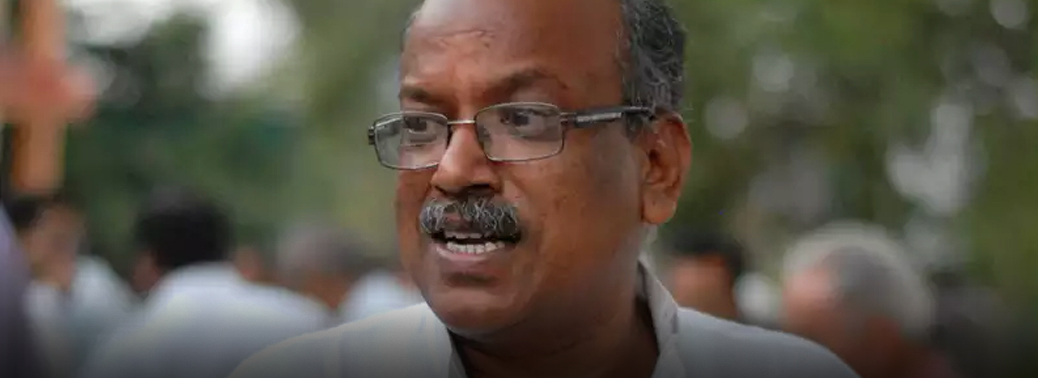BROADBAND READINESS INDEX
18, Jul 2019

Prelims level : Governance- Policies; Science & Technology- Information Technology
Mains level : GS-III- Awareness in the fields of IT, Space, Computers, robotics, nano-technology, bio-technology and issues relating to intellectual property rights.
Why in News?
- Department of Telecom (DoT) and the Indian Council for Research on International Economic Relations (ICRIER) signed a Memorandum of Understanding (MoU) to develop a Broadband Readiness Index (BRI) for Indian States and Union Territories (UT).
Highlights:
- The National Digital Communication Policy (NDCP) 2018 acknowledged the need for building a robust digital communications infrastructure leveraging existing assets of the broadcasting and power sectors including collaborative models involving state, local bodies and the private sector.
- Accordingly, the policy recommended that a BRI for States and UTs be developed to attract investments and address Right of Way (RoW) challenges across India.
Broadband Readiness Index:
- The BRI consists of two parts. Part I will focus on infrastructure development based on the measurement of nine parameters. Part II consists of demand side parameters which will be captured through primary surveys.
- It will include indicators such as percentage of households using computers/ laptops with internet connection, percentage of households with fixed broadband connection, internet users as a percentage of the population, smart phones density, percentage of households with at least one digitally literate member, etc.
- The primary survey will be conducted annually until 2022.
Details of the index:
- Index will appraise the condition of the underlying digital infrastructure and related factors at the State/UT level.
- Such an exercise will provide useful insights into strategic choices made by States for investment allocations in ICT programmes.
- In the spirit of competitive federalism, the index will encourage states to cross learn and jointly participate in achieving the overall objective of digital inclusion and development in India.
- The framework will not only evaluate a state’s relative development but will also allow for better understanding of a state’s strengths and weaknesses that can feed into evidence-based policy making.
- The methodology developed as a part of this research will be adapted and used on an annual basis for systematic evaluation of state-performance on metrics set out as the goals for 2022 under the new policy.
- As a result, ranking and understanding State/UT performance over time will be an important part of the exercise.
- The development of BRI will be a collaborative exercise with stakeholders including State governments and industry associations like the Tower and Infrastructure Providers Association (TAIPA), the Internet Service Providers Association of India (ISPAI) and the Cellular Operators Association of India (COAI).
- This will be a first of its kind exercise that will comprehensively measure the development of telecom infrastructure at the sub national level.






